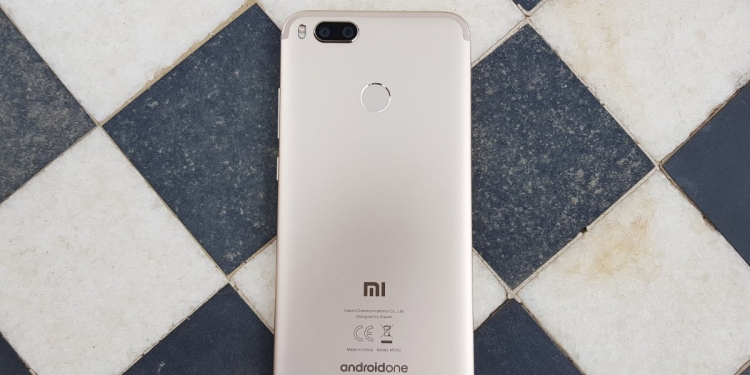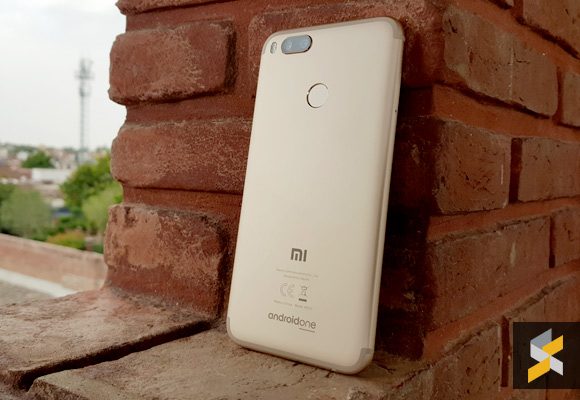When it comes to smartphones, many would consider a Xiaomi for its great hardware at an affordable price. Their Redmi Note 4 is still undoubtedly the best value for money smartphone you can buy for less than RM1,000.
However, there are purists that are not fond of Xiaomi’s MIUI custom Android interface and they would prefer a device that comes with a stock Android experience. If you’re one of them, the latest Xiaomi Mi A1 is just the phone for you. This is their first smartphone powered by Android One.
Hardware and Design
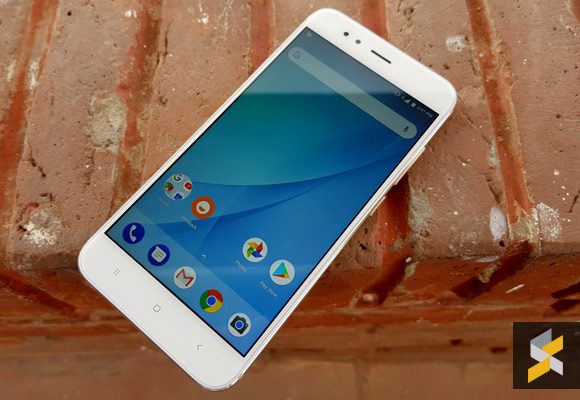
Before we talk about the software experience, here’s a recap of its hardware which is identical to the Redmi Note 4 under the hood. You get the same 5.5″ Full HD display and it runs on the same frugal Snapdragon 625 processor that’s mated to 4GB RAM and 64GB storage. If you need more space, you can pop-in a microSD card using the 2nd sim slot on its hybrid dual-SIM tray.
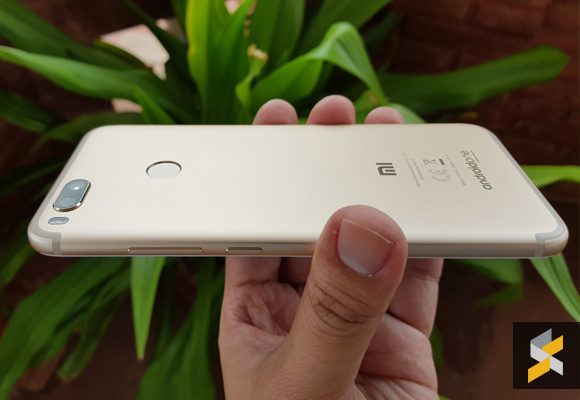
Compared to the Redmi Note 4, the Mi A1 looks and feels more refined. If you’ve been following the news, you’ll know that this is basically the international variant of their Mi 5X that’s sold exclusively in China. Both the A1 and Redmi Note 4 are similar in weight at 165g but the A1 is slightly thinner by 1.15mm.
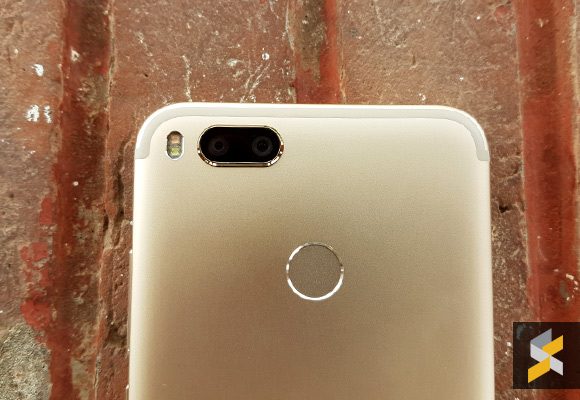
At the back, you get a noticeable bump that houses two cameras and there’s a rear-mounted fingerprint sensor located right smack in the middle. Another notable feature is its iPhone 7 inspired antenna band design that runs across the top and bottom of the device. On the stealthy black version, the antenna bands are well hidden while the entire front gets clean all black look when the phone is in sleep mode.
Xiaomi’s pure Android experience
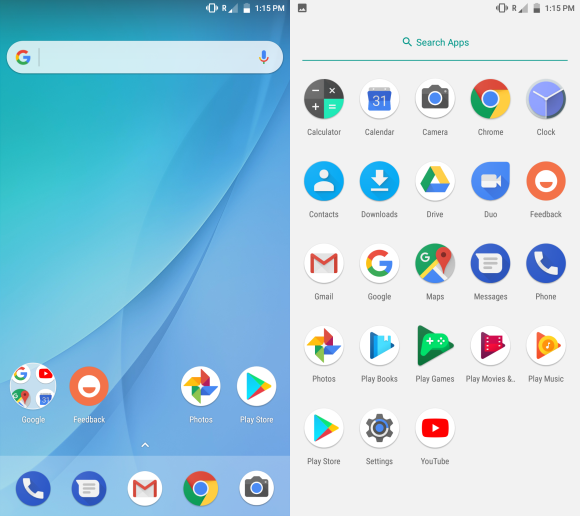
As you boot up the device, you know this is not your typical Xiaomi phone. Instead of MIUI, you are getting a barebones Android operating system that’s super fluid to use. It is so bare that you’re only getting a couple of Google services and essential apps such as clock, calculator and that’s pretty much it.
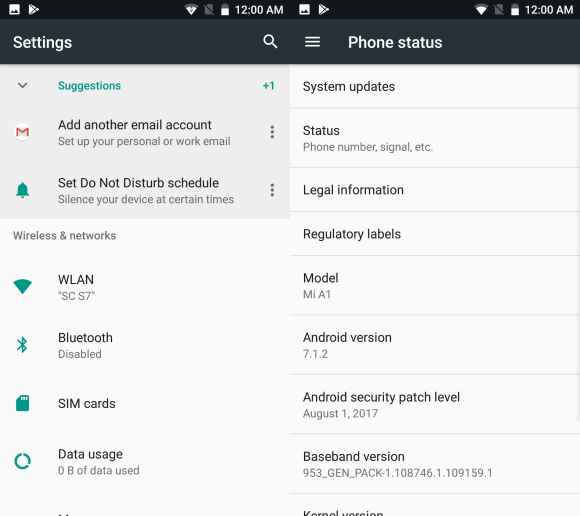
Being an Android One device, you are almost guaranteed to have the latest Android updates. Out of the box it is running Android 7.1.2 and it even has the current 1 August 2017 security update. The very latest Android Oreo will be coming to the A1 by end of this year and Xiaomi says that it would be among the first in line to get the next Android P.
The only non-stock app you’ll find installed is the Mi Camera app which is obviously required to take advantage of its dual camera setup. Another nice inclusion is an infrared blaster which you can use as a universal remote control for your home appliances. The app isn’t installed by default but you’ll be prompted to download it during the phone’s initial set up.
If you’re an existing Xiaomi user, you’ll realise that the MIUI features that you took for granted is missing on the A1. According to Xiaomi, there’s no official way switch from stock Android to MIUI, but since the Mi A1 is identical to the Mi 5X, the adventurous ones would certainly find a way to do so.
[nextpage title=”Flagship Dual Camera”]
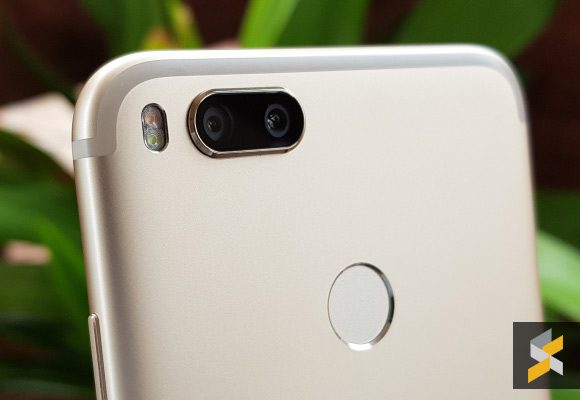
The main highlight of the Mi A1 is its “flagship dual-camera” feature. Similar to their Mi 6 flagship smartphone, it has two 12MP cameras that’s capable of doing 2X optical zoom. The main camera is a 12MP f/2.2 shooter with a 26mm equivalent focal length while the secondary unit for zoom has a f/2.6 lens with 50mm equivalent focal length. However, unlike the Mi 6, the A1 lacks a 4-axis OIS (Optical Image Stabilisation). As a result, you would need to keep as still as possible in order to take sharper photos.
In our short usage, the dual camera works pretty well with rather impressive HDR. You can check out some samples above to see it for yourself. Normally HDR on Xiaomi devices can be get quite slow but somehow it feels snappier on the Mi A1.
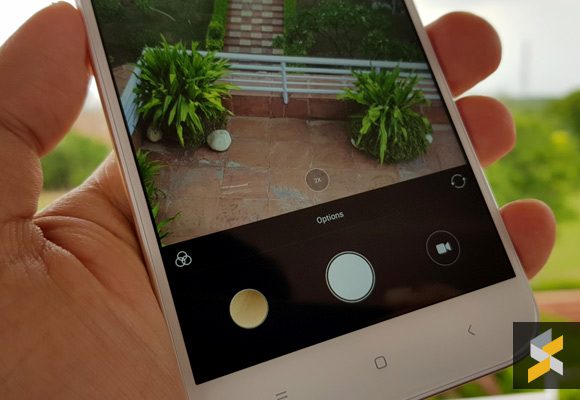
The Mi camera interface is quite straight forward too. You get a 2X button right above the shutter button which lets you toggle between 2X zoom and 1X wide-angle at a single tap. To adjust your zoom manually, you’ll need to tap and hold the same button to reveal the zoom adjustment bar. If there’s one area that Xiaomi can improve on its camera app it would be having an AUTO mode for HDR. At the moment, it only has a hard off/on switch.
Similar to the Mi 6, the A1 also comes with portrait mode which gives you more dramatic shots by applying background blur around your subject. In order for this to work, you’ll need to stand further away from your subject while keeping within its ideal 2 metre distance. We’ve tried it in outdoor conditions and it works quite well as intended. The edge detection of the subject is quite spot on in most cases.
On top of that, you do get your usual panorama, time lapse, slow-mo and full manual mode. The A1 is also capable of shooting up to 4K resolution videos.
For selfies, the A1 features a 5MP f/2.0 front camera with their usual beautification features. Like most new Xiaomi devices, its beautification mode will try to detect your gender and age, and then apply the appropriate level of touch up. To make finer tweaks, there’s a Pro mode which allows you to adjust how thin and how soft you want your skin to be. Alternatively, if you’re like me, you can turn these completely off.
Moving to the front, the Mi A1’s IPS display works brilliantly with great viewing angles while text still appears sharp even with the smallest font setting. It isn’t the brightest screen we’ve seen but visibility is decent enough in sunny outdoor conditions. For audio, the A1 uses a single down-firing speaker. It’s just as loud as the Galaxy S8 which is slightly above average. Thankfully, Xiaomi hasn’t removed the the 3.5mm headphone jack on the Mi A1.
Probably the biggest concern is the A1’s smaller 3,080mAh battery. It’s more affordable sibling, the Redmi Note 4, comes a significantly larger 4,100mAh battery. Since the A1 runs on stock Android, it should be more power efficient. Just take a look at the Moto G5 Plus which runs on the same frugal processor along with just 3,000mAh battery. In our review, we found that the Moto G5 Plus has excellent battery life and we reckon it can last a full day for most people. Unlike the Redmi Note 4, the A1 gets a future proof USB Type-C port for charging and data transfers.
Conclusion
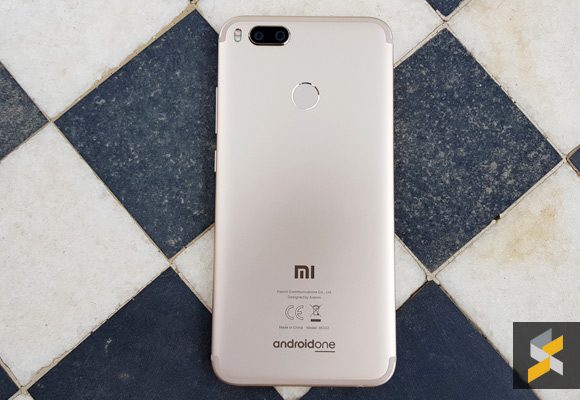
Overall, the Mi A1 is the best stock Android experience you can get with great specs at an affordable price. At 14,999INR (about RM998) in India, there’s no other device that can deliver a fluid stock experience while offering a dual-camera system with optical zoom. The closest rival would be the Moto G5 Plus that retails at RM1,299 but Xiaomi manages to offer even more at a lower price. This could be a worthy upgrade for those currently using the Nexus 5X.
If you’re interested, fortunately you don’t have to wait too long like previous Xiaomi models. As announced, they are targeting to offer the Mi A1 in Malaysia by end of September 2017. This is probably their fastest product roll out yet in Malaysia and they are expanding their on ground presence with the opening of more physical stores. As reported earlier, the upcoming Mi physical store is located at KLCC and you can expect more stores to pop up soon.

